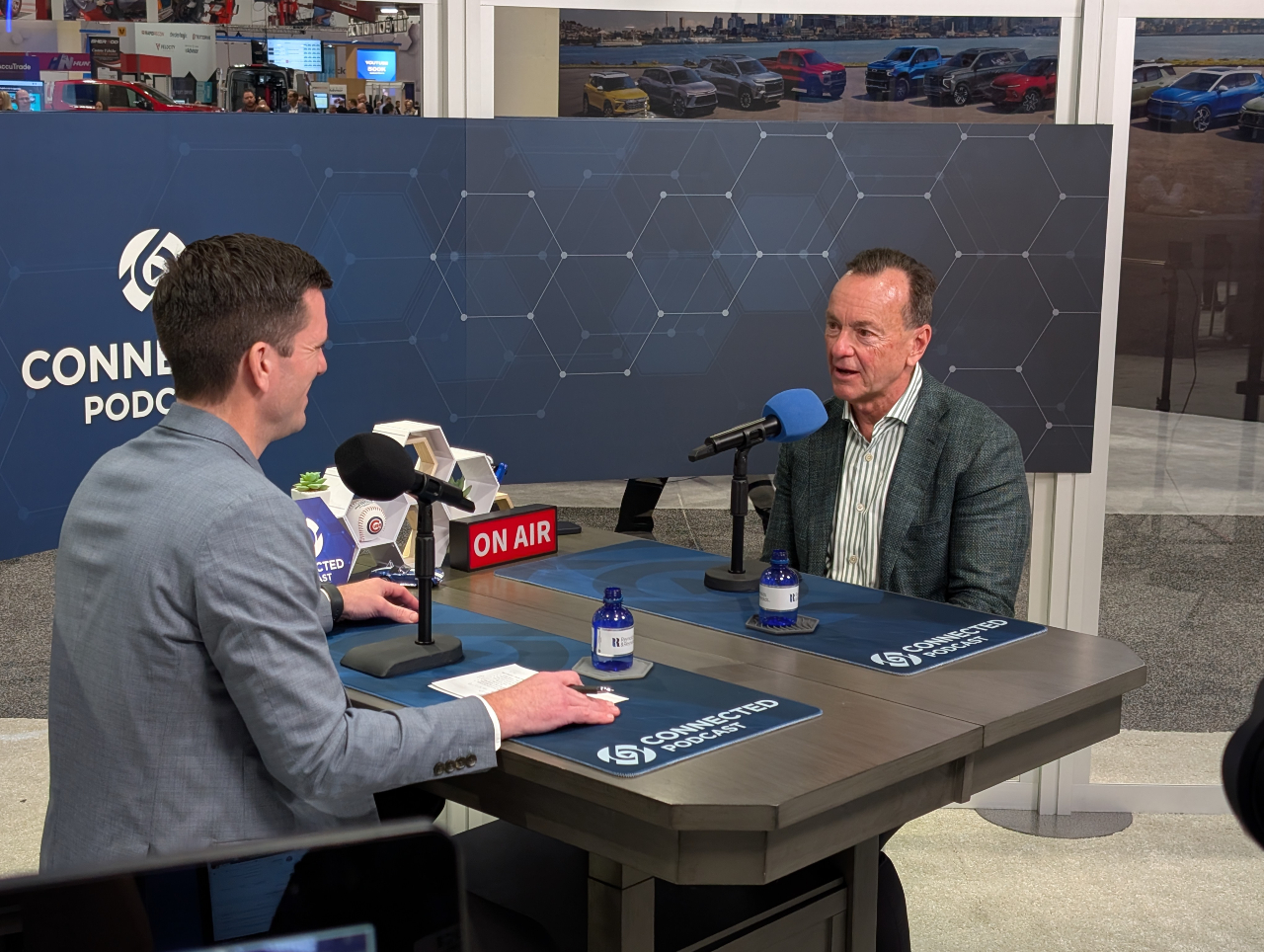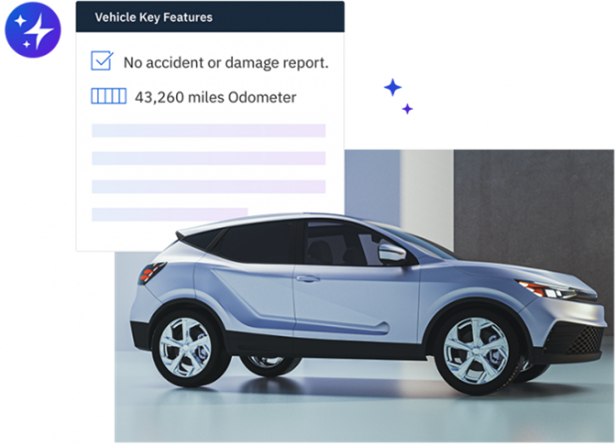3 Steps to Better Lead Generation

Article Highlights:
- Use all available information and focus on customers likely to buy.
- Compare leads across all sources, saving time and gaining efficiency.
It’s no secret: cars are expensive these days. The average new car price is up almost five percent from where it was a year ago and almost 28 percent from the last time most of your customers bought a car (2019). For many, these high prices are a sign to put a hold on buying a new car. But others are seeing a different opportunity. One in which they can trade in their used vehicle for much more than they normally would, which is an enticing reason to upgrade to a new vehicle. All things considered, it’s an extremely unique time in our industry. The question remains, how can you more effectively find those customers and reach them efficiently?
Many of us have seen situations like this up-close: A sales team feels like they lack good leads. They might have a lot of lead sources but trying to juggle leads that come in from all over, and all have different priority levels, means they only have time for some opportunities to be explored. To really be effective, each salesperson has to spend hours sifting through different databases, analyzing who might be ready to buy, and who to talk to first (on top of all their other responsibilities). Sound painful? If you’ve been there, you know it is.
Ray Kinsella heard it right, “If you build it, they will come.” In this case, “it” is better lead generation and completion! Let’s discover three things that could revolutionize your dealership’s prospecting and change the way you start the sales process for the better.
- Analyze your customers’ likelihood to buy.
What would you say if I told you we could predict the future using data you collect every single day? Predictive Analytics is current and historical data used to predict the future buying habits of customers. In the context of your store, it means using data you collect to predict who is likely to be ready to buy a car, which turns these individuals into high priority leads. Predictive analytics uses information such as age, occupation, income, current vehicle, marital status, and service records to make AI-driven decisions on who is likely to be your next customer.
You collect massive amounts of information on a daily basis and can use that data to create proven opportunities for sales. In practice, these leads are served to your sales team by way of service customers and previous sales customers who may have vehicles you’d like to have on your used lot. Predictive analytics can sift through these options automatically and arrange them by highest likelihood for you.
- Utilize shared databases.
Leads come from many sources: phone calls, inquiries on your website, customers in service, direct from your OEM, and plenty of others. Tracking all these leads in different tools or dashboards often results in some prospects getting overlooked.
At a time when customers are already reluctant to buy, you can’t afford to overlook anyone! The solution is getting all of your information into one place. Utilizing a shared database for your leads is a great place to start. Just implementing this one change can save your team time, help prioritize tasks, and ensure your salespeople follow up on every lead while the opportunities are hot. Additionally, you can avoid re-keying information into multiple systems, eliminating wasted time, inconsistent customer records, and potential mistakes. Having the ability to see and compare all your leads in one place can be a major way to begin improving how your team interacts with prospects.
- Prioritize daily tasks based on likelihood to close.
Once you identify your leads and access them in one database, it’s time to prioritize them. Not all leads are created equal, and the best way for your salespeople to spend their time is by focusing on the customers with the highest likelihood to buy.
One way to start is by outlining a process and prioritization guidelines to determine which types of leads should get high-priority labels. As an example, you may have a three-year purchase anniversary and an online credit app follow up on your task list for today. While both leads present potential opportunities, you’d likely prioritize the credit app to jump on that deal as it’s further along based on the customers’ profiles.
But what’s even better than manual prioritization? Finding ways to automatically prioritize your prospects. This is a plus, as it saves your team time checking open opportunities throughout the day. If you can rely on an app for your salespeople, they can even access leads and view goals in real-time whether they’re on the lot or in the showroom. Automatic and accurate prioritization can change the game for your sales team’s productivity.
Picture this: A customer comes into your service drive for an oil change. Based on your system data, this customer is likely ready for a new car. Their current car would also be a great addition to your lot. Alongside all your other opportunities, this lead is automatically shot to the top of the task list as high priority since the customer is sitting in service. Your sales team is able to see this opportunity in real-time, engage this customer, and get them into a new vehicle later that day.
A revolutionary sales process starts with revolutionary lead generation. Implement these three suggestions and watch this scenario play out in your dealership.
Related Articles:

The Future of Variable Ops with Experts at NADA 2025
Explore how AI is transforming variable operations in automotive retailing with insights from NADA 2025. Learn about efficiency, profitability, and fraud prevention from industry leaders.

Decision made regarding the Vehicle Shopping Rule – now what?
Check out five key takeaways from the Vehicle Shopping Rule to keep your dealership safe from FTC enforcement actions.

3 Ways AI Can Elevate Your Dealership’s Online Inventory
On average, Americans are exposed to between 4,000 and 10,000 advertisements every day. From commercials on TV to billboards on your way to work, all…

The Pizza Playbook – What Ordering Pizza Teaches Us About F&I
For as long as I can remember, my family had “pizza night” every week. Without fail, every Friday evening we’d all gather around the computer…















